NURI'S SUCCESSFUL PERFORMANCE
입력 2022.06.23 (15:02)
수정 2022.06.23 (16:45)
읽어주기 기능은 크롬기반의
브라우저에서만 사용하실 수 있습니다.
[Anchor Lead]
The performance verification satellite that was detached from Nuri and successfully placed in orbit is functioning normally so far. It even succeeded in engaging in two-way communication with the ground station in Daejeon yesterday, confirming Korea’s capability to deploy functional satellites on its own.
[Pkg]
The performance verification satellite separated from the Nuri and entered sun-synchronous orbit at 700 kilometers above the Earth. It is now orbiting the globe at the speed of 7.5 kilometers per second. Early yesterday morning, when the satellite was passing above the Korean Peninsula, the Daejeon ground station sent command words to the satellite to make two-way communication. It was the first successful two-way communication since Tuesday’s launch, when the satellite sent data to the ground station in a one-way communication.
[Soundbite] Kim Ki-seok(Head, Space Technology Division, MSIT) : "Its position was very stable. It was confirmed that Nuri released the satellite just as well as other rockets."
Through this communication, the ground station synchronized its clock with that of the satellite and sent up GPS operation commands and orbit information for the satellite’s positioning. The performance verification satellite is carrying electrically heated thermo-electric generator (ETG), the control moment gyroscope and the S-band antenna. These are all made with domestic technologies and the payloads will be monitored for two years to see if they work properly in space.
[Soundbite] Ahn Sang-il(Senior Researcher, KARI) : "There are some space technologies gained by studying leading technologies. But those haven’t been verified in space. So payloads were made to verify three of those technologies."
Once its position is stabilized, the satellite will start sending off from June 29th four cube satellites developed by local universities one by one. The mini satellites will perform such tasks as heat-sensing and air pollution monitoring around the Korean Peninsula. The camera attached to the working satellite is to film the cube satellites’ releases and send the video back to ground station.
The performance verification satellite that was detached from Nuri and successfully placed in orbit is functioning normally so far. It even succeeded in engaging in two-way communication with the ground station in Daejeon yesterday, confirming Korea’s capability to deploy functional satellites on its own.
[Pkg]
The performance verification satellite separated from the Nuri and entered sun-synchronous orbit at 700 kilometers above the Earth. It is now orbiting the globe at the speed of 7.5 kilometers per second. Early yesterday morning, when the satellite was passing above the Korean Peninsula, the Daejeon ground station sent command words to the satellite to make two-way communication. It was the first successful two-way communication since Tuesday’s launch, when the satellite sent data to the ground station in a one-way communication.
[Soundbite] Kim Ki-seok(Head, Space Technology Division, MSIT) : "Its position was very stable. It was confirmed that Nuri released the satellite just as well as other rockets."
Through this communication, the ground station synchronized its clock with that of the satellite and sent up GPS operation commands and orbit information for the satellite’s positioning. The performance verification satellite is carrying electrically heated thermo-electric generator (ETG), the control moment gyroscope and the S-band antenna. These are all made with domestic technologies and the payloads will be monitored for two years to see if they work properly in space.
[Soundbite] Ahn Sang-il(Senior Researcher, KARI) : "There are some space technologies gained by studying leading technologies. But those haven’t been verified in space. So payloads were made to verify three of those technologies."
Once its position is stabilized, the satellite will start sending off from June 29th four cube satellites developed by local universities one by one. The mini satellites will perform such tasks as heat-sensing and air pollution monitoring around the Korean Peninsula. The camera attached to the working satellite is to film the cube satellites’ releases and send the video back to ground station.
■ 제보하기
▷ 카카오톡 : 'KBS제보' 검색, 채널 추가
▷ 전화 : 02-781-1234, 4444
▷ 이메일 : kbs1234@kbs.co.kr
▷ 유튜브, 네이버, 카카오에서도 KBS뉴스를 구독해주세요!
- NURI'S SUCCESSFUL PERFORMANCE
-
- 입력 2022-06-23 15:02:55
- 수정2022-06-23 16:45:02
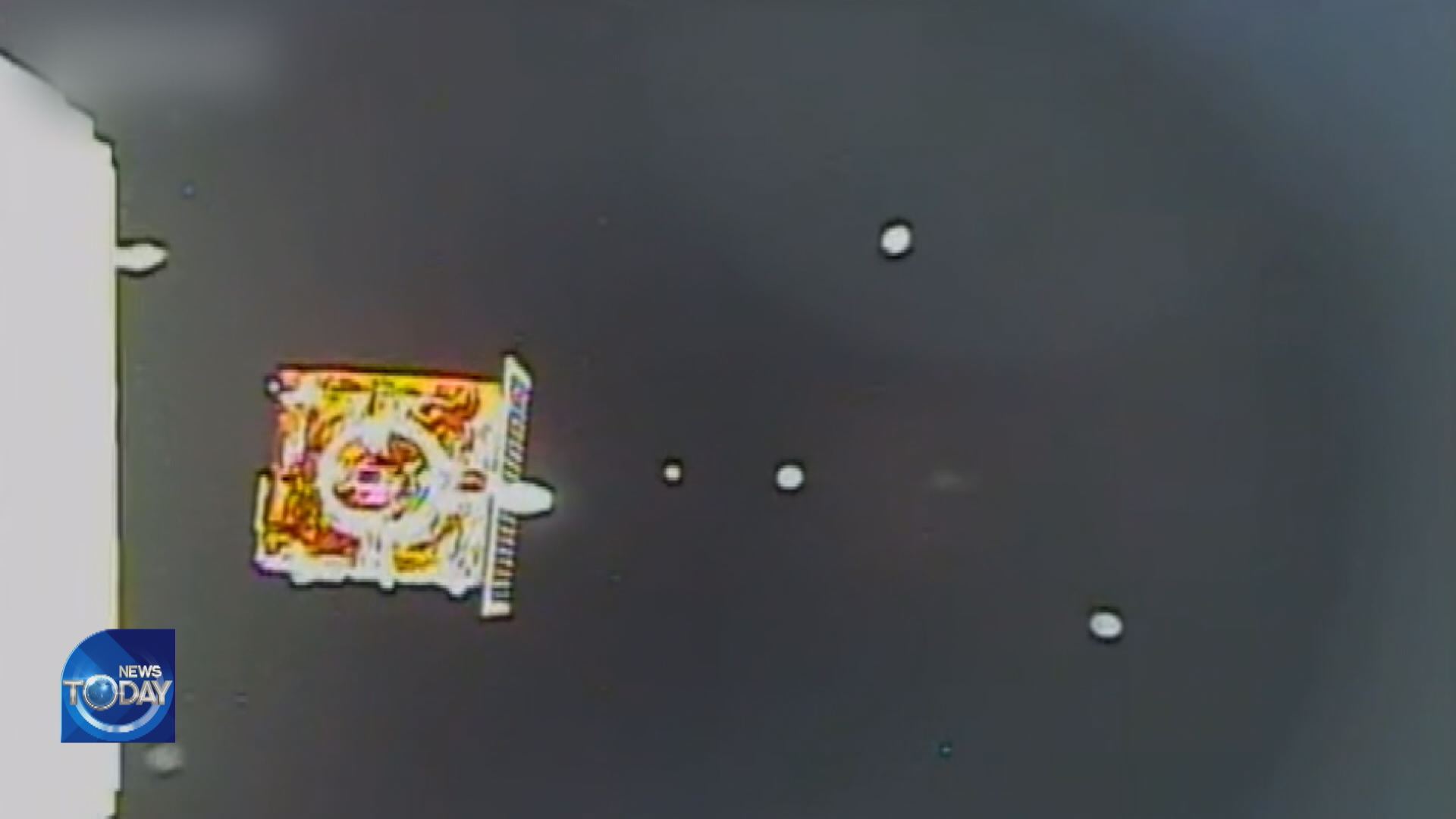
[Anchor Lead]
The performance verification satellite that was detached from Nuri and successfully placed in orbit is functioning normally so far. It even succeeded in engaging in two-way communication with the ground station in Daejeon yesterday, confirming Korea’s capability to deploy functional satellites on its own.
[Pkg]
The performance verification satellite separated from the Nuri and entered sun-synchronous orbit at 700 kilometers above the Earth. It is now orbiting the globe at the speed of 7.5 kilometers per second. Early yesterday morning, when the satellite was passing above the Korean Peninsula, the Daejeon ground station sent command words to the satellite to make two-way communication. It was the first successful two-way communication since Tuesday’s launch, when the satellite sent data to the ground station in a one-way communication.
[Soundbite] Kim Ki-seok(Head, Space Technology Division, MSIT) : "Its position was very stable. It was confirmed that Nuri released the satellite just as well as other rockets."
Through this communication, the ground station synchronized its clock with that of the satellite and sent up GPS operation commands and orbit information for the satellite’s positioning. The performance verification satellite is carrying electrically heated thermo-electric generator (ETG), the control moment gyroscope and the S-band antenna. These are all made with domestic technologies and the payloads will be monitored for two years to see if they work properly in space.
[Soundbite] Ahn Sang-il(Senior Researcher, KARI) : "There are some space technologies gained by studying leading technologies. But those haven’t been verified in space. So payloads were made to verify three of those technologies."
Once its position is stabilized, the satellite will start sending off from June 29th four cube satellites developed by local universities one by one. The mini satellites will perform such tasks as heat-sensing and air pollution monitoring around the Korean Peninsula. The camera attached to the working satellite is to film the cube satellites’ releases and send the video back to ground station.
The performance verification satellite that was detached from Nuri and successfully placed in orbit is functioning normally so far. It even succeeded in engaging in two-way communication with the ground station in Daejeon yesterday, confirming Korea’s capability to deploy functional satellites on its own.
[Pkg]
The performance verification satellite separated from the Nuri and entered sun-synchronous orbit at 700 kilometers above the Earth. It is now orbiting the globe at the speed of 7.5 kilometers per second. Early yesterday morning, when the satellite was passing above the Korean Peninsula, the Daejeon ground station sent command words to the satellite to make two-way communication. It was the first successful two-way communication since Tuesday’s launch, when the satellite sent data to the ground station in a one-way communication.
[Soundbite] Kim Ki-seok(Head, Space Technology Division, MSIT) : "Its position was very stable. It was confirmed that Nuri released the satellite just as well as other rockets."
Through this communication, the ground station synchronized its clock with that of the satellite and sent up GPS operation commands and orbit information for the satellite’s positioning. The performance verification satellite is carrying electrically heated thermo-electric generator (ETG), the control moment gyroscope and the S-band antenna. These are all made with domestic technologies and the payloads will be monitored for two years to see if they work properly in space.
[Soundbite] Ahn Sang-il(Senior Researcher, KARI) : "There are some space technologies gained by studying leading technologies. But those haven’t been verified in space. So payloads were made to verify three of those technologies."
Once its position is stabilized, the satellite will start sending off from June 29th four cube satellites developed by local universities one by one. The mini satellites will perform such tasks as heat-sensing and air pollution monitoring around the Korean Peninsula. The camera attached to the working satellite is to film the cube satellites’ releases and send the video back to ground station.
이 기사가 좋으셨다면
-
좋아요
0
-
응원해요
0
-
후속 원해요
0










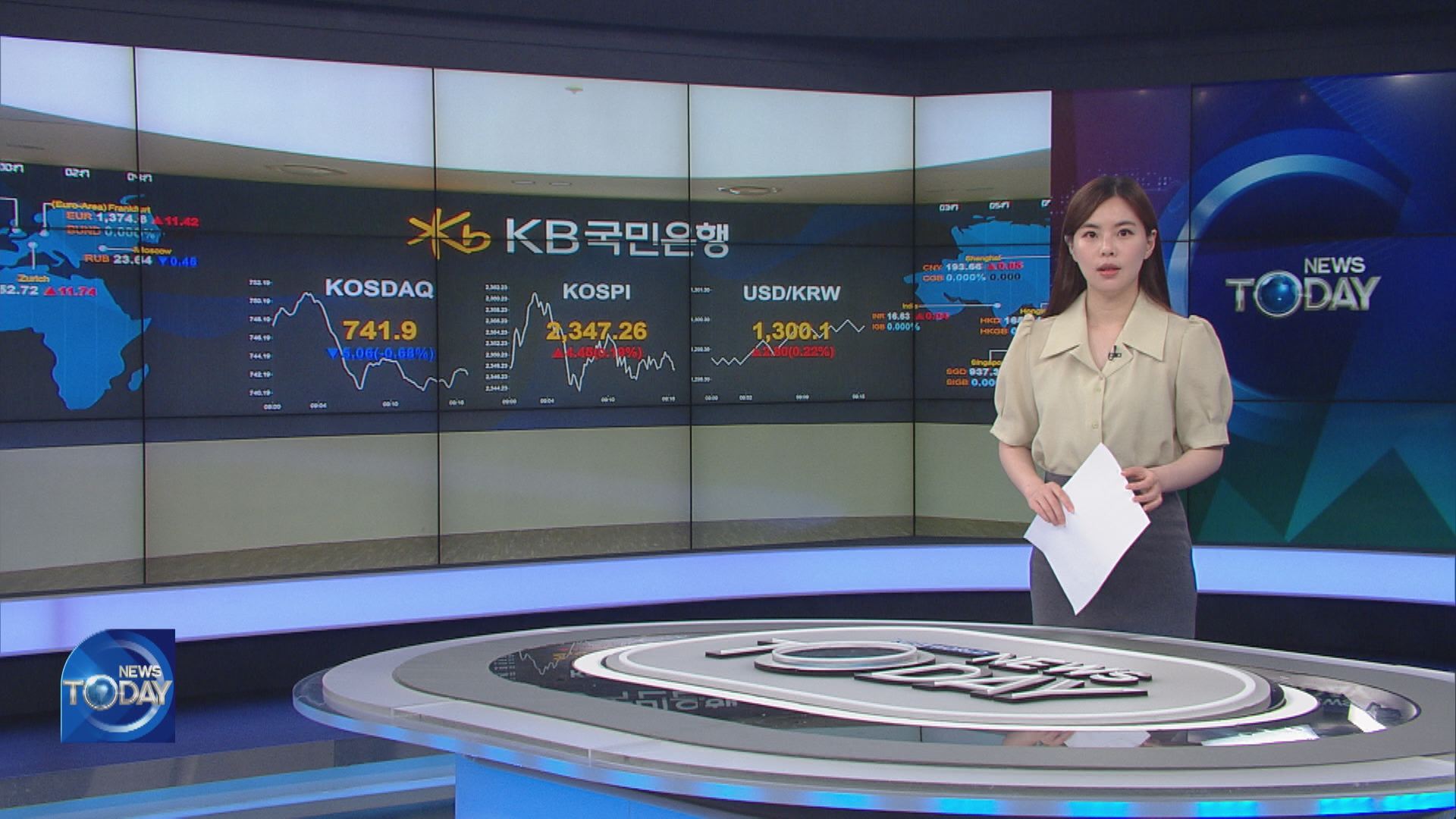
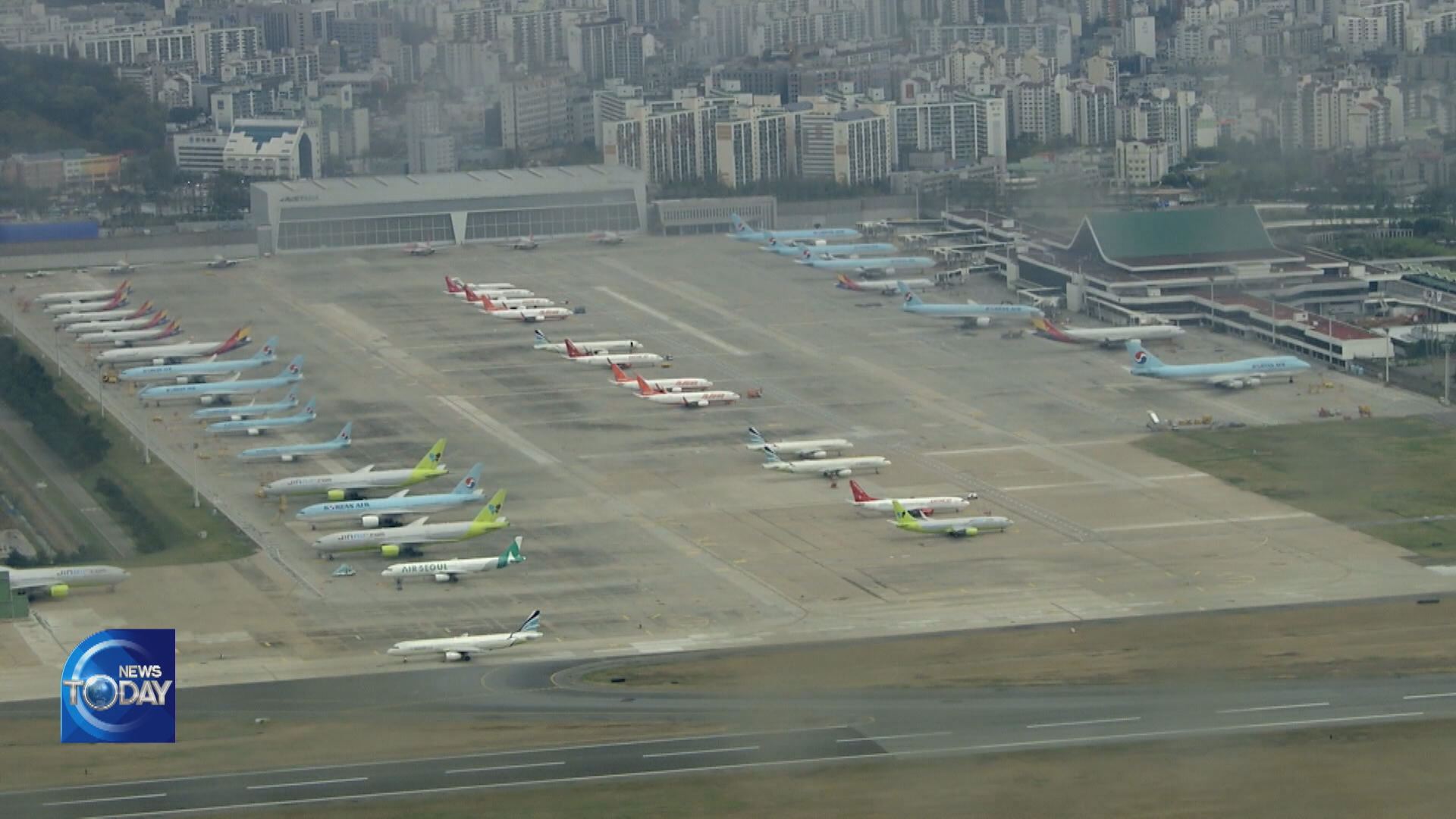
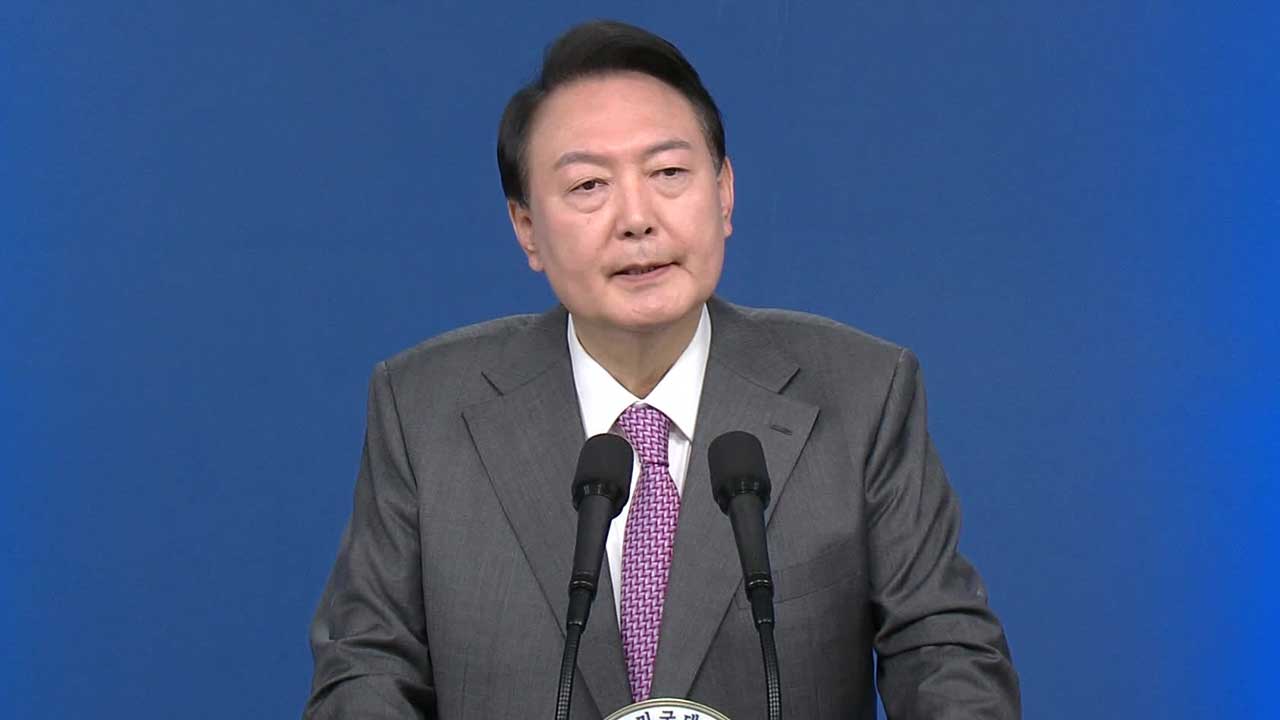


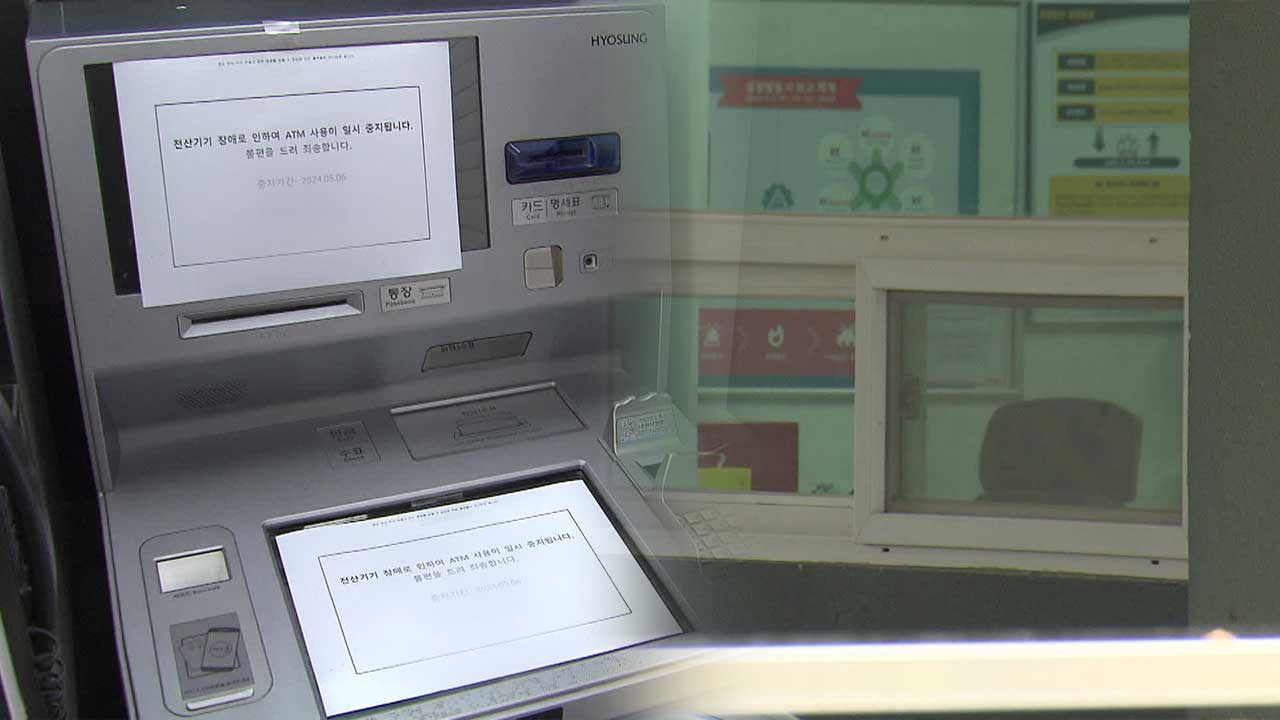

이 기사에 대한 의견을 남겨주세요.